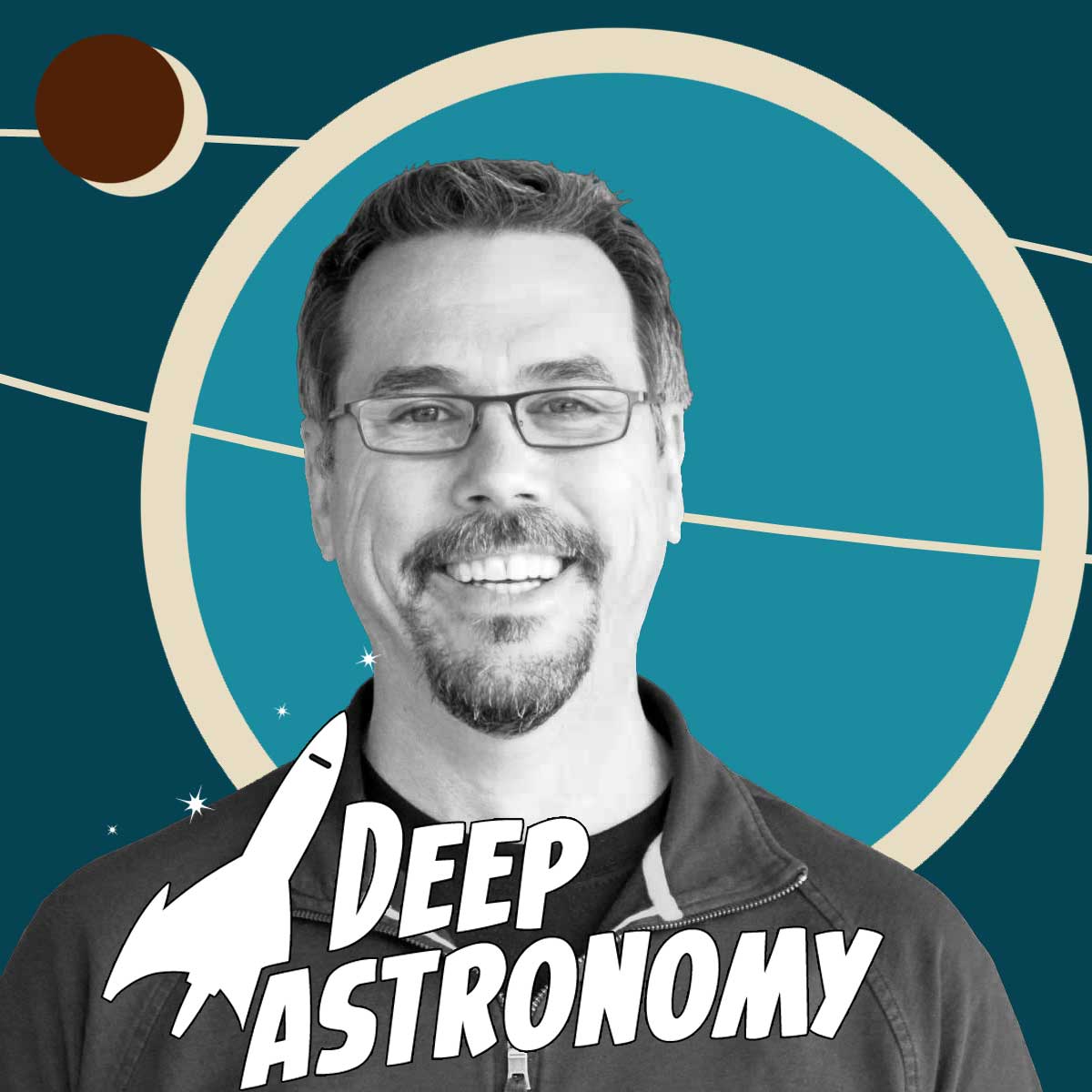Book Review: “Universal: A Guide to the Cosmos” by Brian Cox & Jeff Foreshaw


Book Review: “Universal: A Guide to the Cosmos” by Brian Cox & Jeff Foreshaw

Astronomers using the ALMA telescope high in the Chilean Andes have observed a star forming where planets are normally thought to be born. Please join Tony Darnell as he discusses these observations with Dr. John Ilee from the University of Leeds.

Did you know there is an effort underway to actually see the event horizon of a black hole? Let’s learn about one of the most amazing astronomy endeavours ever with @DeepAstronomy



Join @deepastronomy today talk about astronomy at the European Southern Observatory (@ESO) more at #365daysOfAstro

Think about it: Hubble is down to one gyro, maybe two; Kepler is in safe mode; and today, the Chandra X-ray telescope went into safe mode; Spitzer has run out of coolant but still doing science – our fleet of space telescopes is getting older what are we replacing them with?

Bad news I’m afraid for the venerable Hubble Space Telescope. Hubble has been placed in safe mode as two of it’s critical gyros used for pointing have failed.

While imaging the Andromeda Galaxy, the Spitzer Space Telescope uncoverd a never-before-seen hole, the result of a collision with a nearby dwarf galaxy, in the Andromeda Galaxy.

NASA just launched the Parker Solar Probe, a mission designed to get the closest we’ve ever been to the Sun.